Birds are nature’s living jewels, bringing color, song, and vitality to our outdoor spaces. Creating a bird sanctuary doesn’t require acres of land or complex landscaping—you can transform even the smallest garden into a haven for feathered visitors with just three strategically chosen plants. This minimalist approach focuses on providing the essential elements birds need: food, shelter, and nesting sites. By selecting plants that serve multiple purposes in the bird ecosystem, you’ll create a harmonious environment that attracts diverse species while keeping your garden maintenance manageable. Let’s explore how this simple yet effective approach can turn your outdoor space into a thriving bird paradise.
Understanding the Bird Sanctuary Concept
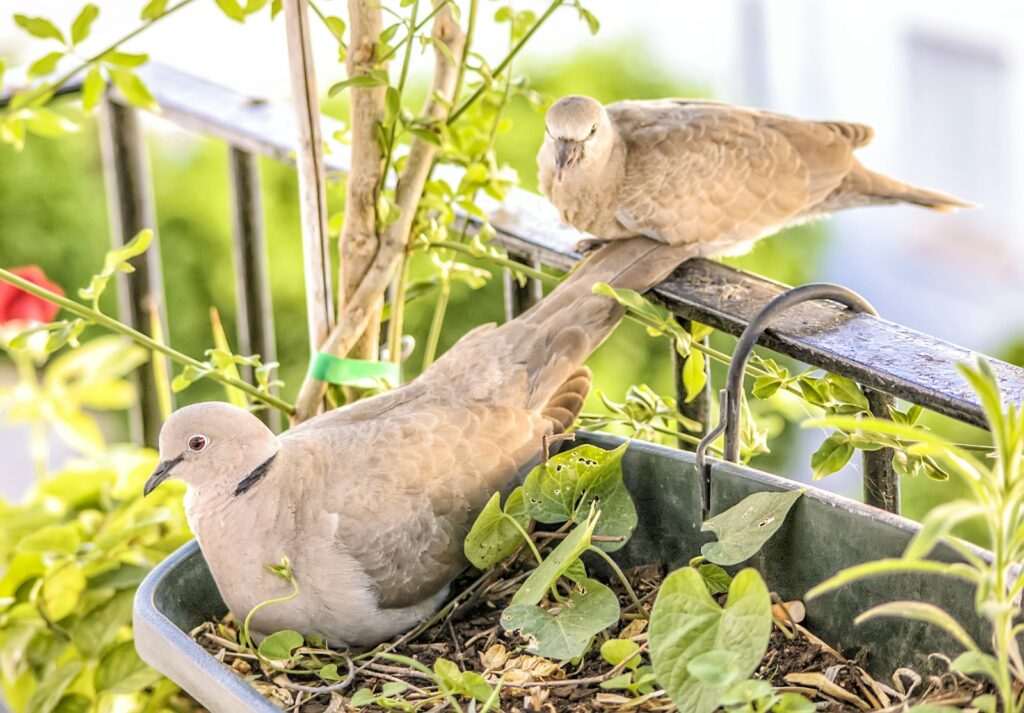
A bird sanctuary, at its core, is a dedicated space that provides birds with the resources they need to thrive in an increasingly urbanized world. Unlike elaborate wildlife preserves, a home bird sanctuary focuses on creating a microhabitat that supports local and migratory bird populations throughout the seasons. The three-plant approach works on the principle of maximum benefit with minimal intervention, leveraging the natural relationships between native plants and bird species. This concept aligns perfectly with sustainable gardening practices, reducing water usage, maintenance needs, and chemical interventions while maximizing ecological value. Even a small balcony or patio can become a meaningful sanctuary when designed with birds’ specific needs in mind.
Why Birds Need Our Help
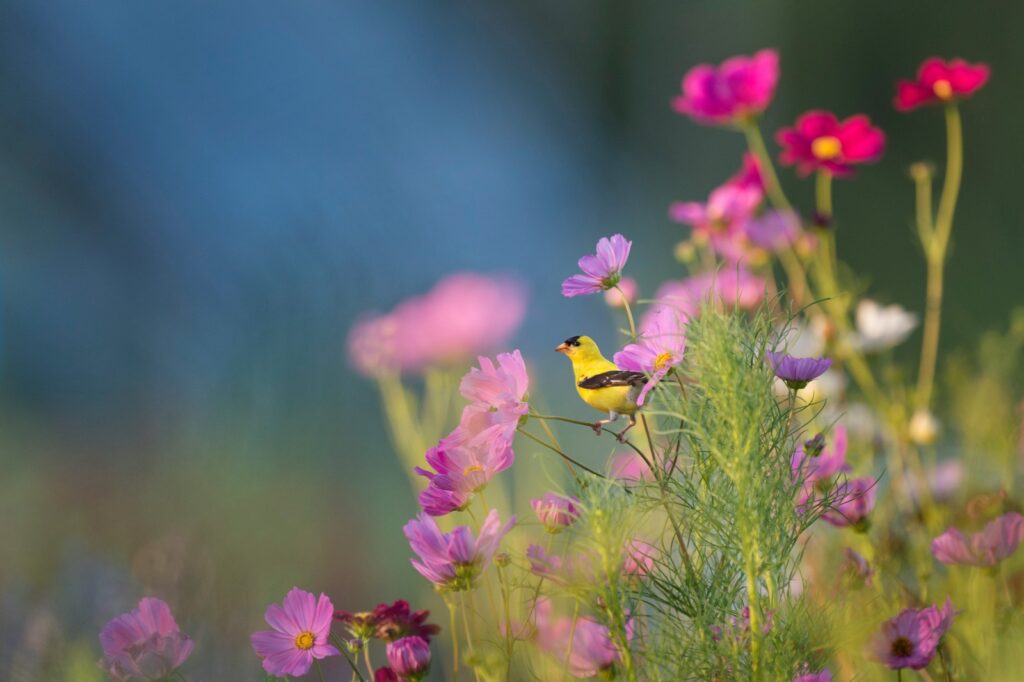
Bird populations worldwide have experienced alarming declines in recent decades, with North American bird numbers dropping by nearly three billion since 1970 according to research published in Science. Habitat loss represents the single greatest threat, as urban development, industrial agriculture, and climate change eliminate the native plants birds depend on for food and shelter. Even common backyard species face mounting challenges from pesticide use, window collisions, and predation by outdoor cats. By establishing even a small bird sanctuary, you become part of a vital network of habitat stepping stones that help birds navigate increasingly fragmented landscapes. Your three carefully selected plants can provide critical resources during migration, breeding season, and harsh winter months when natural food sources are scarce.
The Power of Native Plants
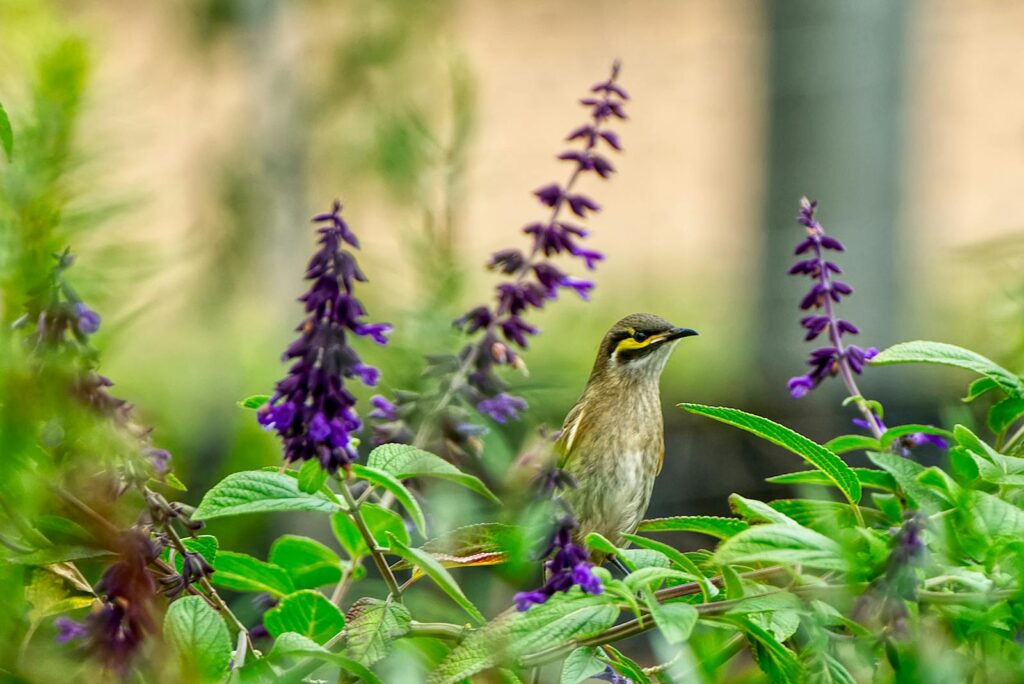
Native plants form the foundation of any effective bird sanctuary, offering benefits that exotic ornamentals simply cannot match. These plants have co-evolved with local bird species over thousands of years, developing mutually beneficial relationships that support birds throughout their life cycles. Research by entomologist Doug Tallamy has demonstrated that native plants support up to 35 times more caterpillar biomass than non-natives, providing the protein-rich food birds require during nesting season. Native plants require less water, fertilizer, and maintenance once established, making them ideal for low-intervention sanctuary spaces. They’re also perfectly adapted to local soil conditions, climate extremes, and seasonal patterns, ensuring your three-plant sanctuary remains resilient even during challenging weather events.
Plant Selection Strategy
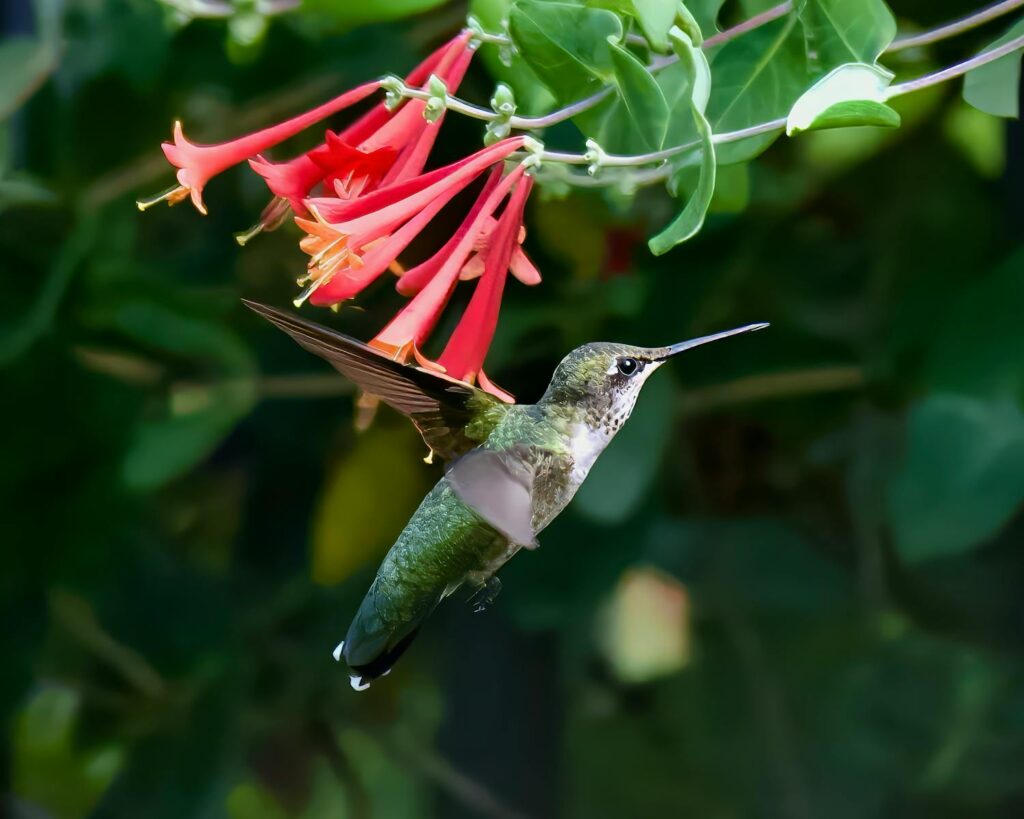
Choosing the right three plants requires careful consideration of what birds in your region need most. The ideal selection includes a mix of plant types that collectively provide year-round food sources, protective cover, and nesting opportunities. Consider plants with different growth habits—perhaps a tree, a shrub, and a perennial—to create vertical diversity that accommodates birds with different habitat preferences. Prioritize plants with extended blooming or fruiting periods to maximize your sanctuary’s productivity across seasons. Regional factors should heavily influence your choices; birds in the desert Southwest have different needs than those in the Pacific Northwest or New England. Before purchasing any plants, research your specific hardiness zone, soil type, and the native bird species most likely to visit your area.
Plant #1: A Berry-Producing Shrub
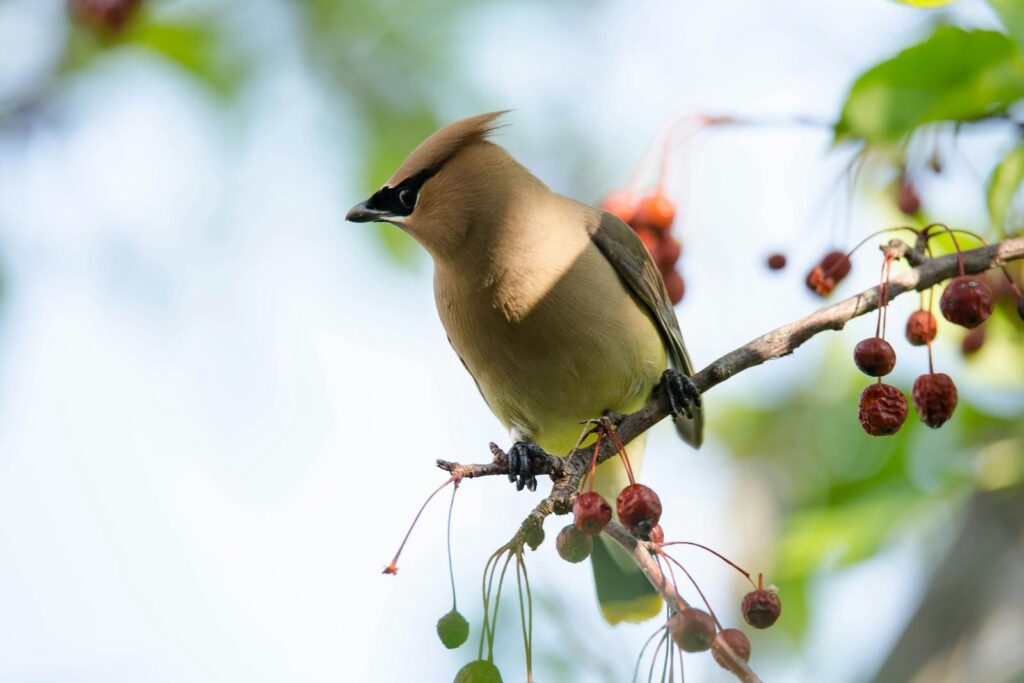
A native berry-producing shrub serves as the cornerstone of your three-plant sanctuary, offering multiple benefits throughout the year. Plants like elderberry, serviceberry, viburnum, holly, or native blueberry provide nutritious fruits that ripen at different times, creating a sustained food source. These woody shrubs also offer protective cover where birds can hide from predators and shelter during harsh weather. Their complex branching patterns create ideal nesting sites for species like cardinals, mockingbirds, and catbirds during breeding season. Many berry shrubs also produce spring flowers that attract insects, providing protein-rich food when birds are feeding their young. Choose a species that reaches an appropriate mature size for your space—compact varieties work well in smaller gardens while larger options create more substantial habitat in expansive areas.
Plant #2: A Seed-Producing Perennial
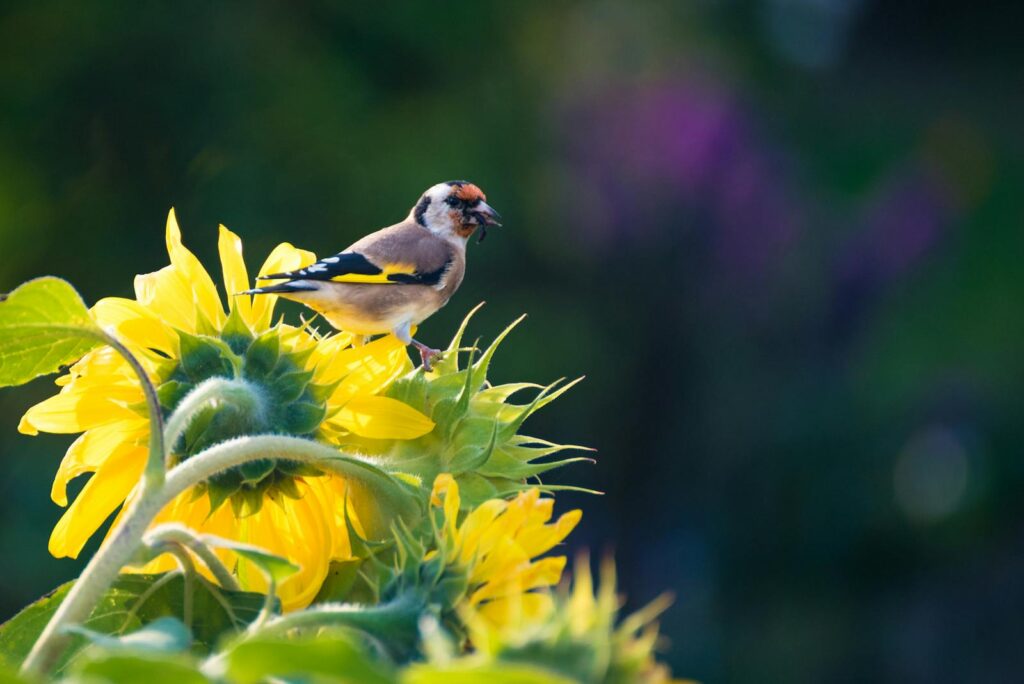
Seed-producing perennials represent nature’s bird feeders, offering nutritious food that remains available even through winter months. Native options like coneflowers (Echinacea), black-eyed Susans (Rudbeckia), sunflowers (Helianthus), or asters create a natural feeding station that attracts finches, chickadees, juncos, and sparrows. Unlike commercial bird seed, these plants provide seeds at different heights and ripening times, reducing competition among bird species. The sturdy stems hold seeds above snow level, making them accessible during winter when food scarcity threatens bird survival. These perennials also support the insect populations that serve as critical food sources during nesting season, when most songbirds require protein-rich caterpillars and other invertebrates to feed their growing young. Look for varieties that maintain their seedheads through winter rather than those bred for “tidiness” that drop their seeds prematurely.
Plant #3: An Evergreen Tree or Shrub
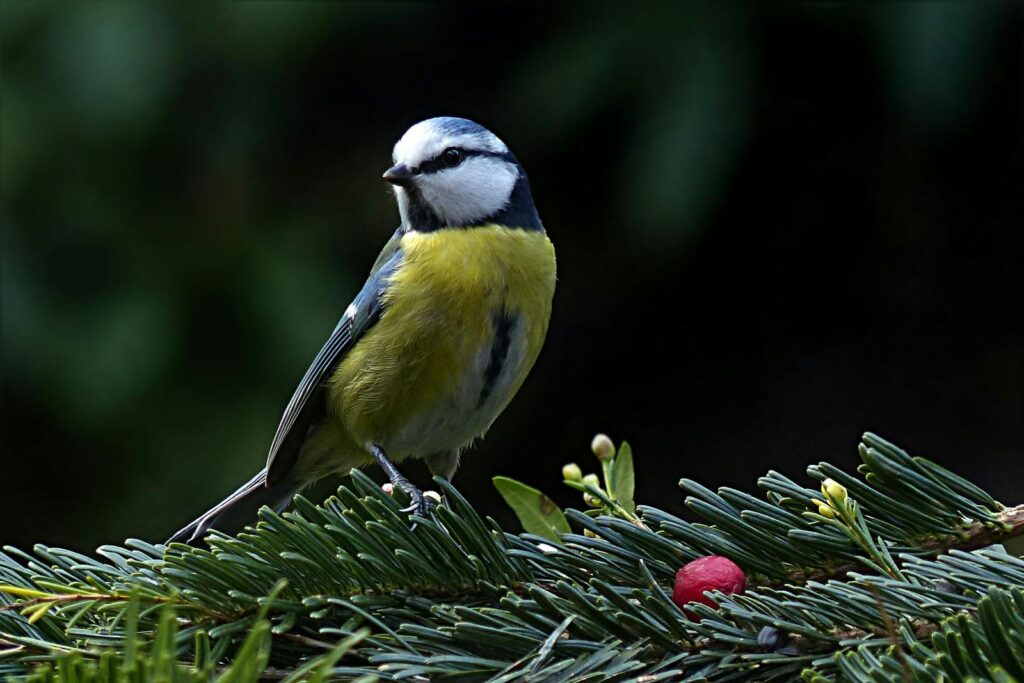
An evergreen component completes your three-plant sanctuary by providing year-round shelter and nesting opportunities. Native conifers like junipers, pines, spruces, or hollies offer dense foliage where birds can escape predators and harsh weather conditions. These plants maintain their protective qualities during winter months when deciduous plants stand bare, making them particularly valuable during the most challenging season. The thick branching patterns create ideal platforms for nest construction, while the height of taller varieties provides song perches where males can establish territory. Many evergreens also produce fruits, cones, or seeds that supplement birds’ diets, particularly during winter months. For smaller spaces, consider dwarf varieties or columnar forms that provide vertical habitat without overwhelming the area.
Creating Multi-Season Support
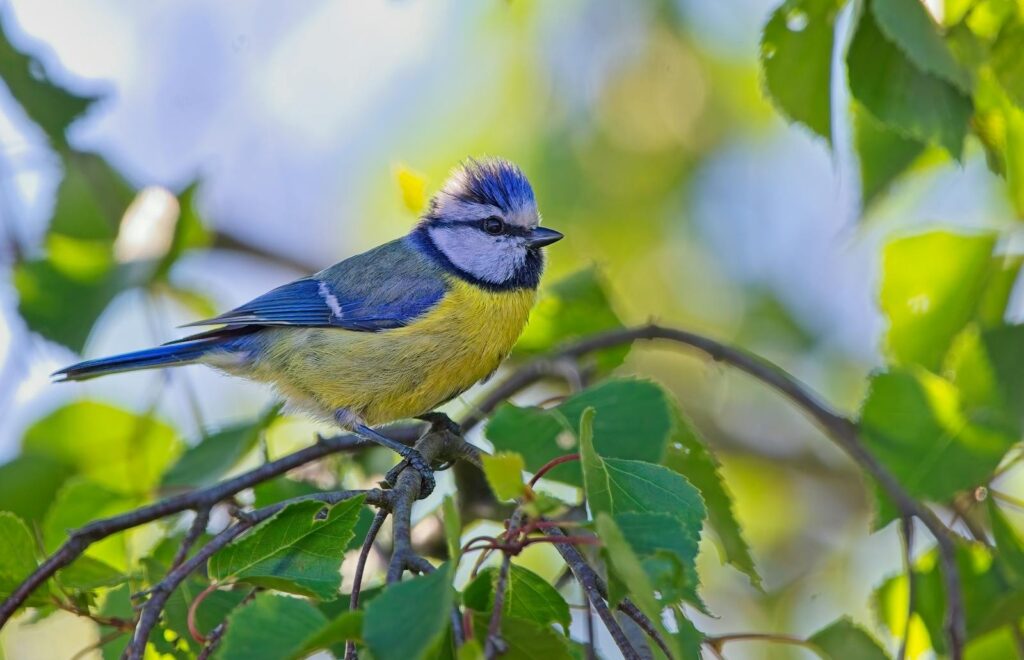
The success of your three-plant sanctuary depends on providing resources throughout the entire year, not just during peak growing seasons. Your berry shrub should offer spring flowers for pollinators and nectivores, summer fruits for breeding birds, and sturdy branches for winter protection. The seed-producing perennial contributes summer nectar for hummingbirds and butterflies, followed by fall and winter seeds for finches and sparrows. Your evergreen maintains its critical shelter function regardless of season, while potentially offering winter fruits like juniper berries or pine seeds when other food sources have disappeared. This complementary approach ensures birds find what they need during each life cycle stage, from nesting materials in spring to high-energy foods before migration or winter’s onset. The strategic plant selection creates a continuous support system that makes your sanctuary a year-round destination rather than a seasonal stopover.
Regional Plant Recommendations
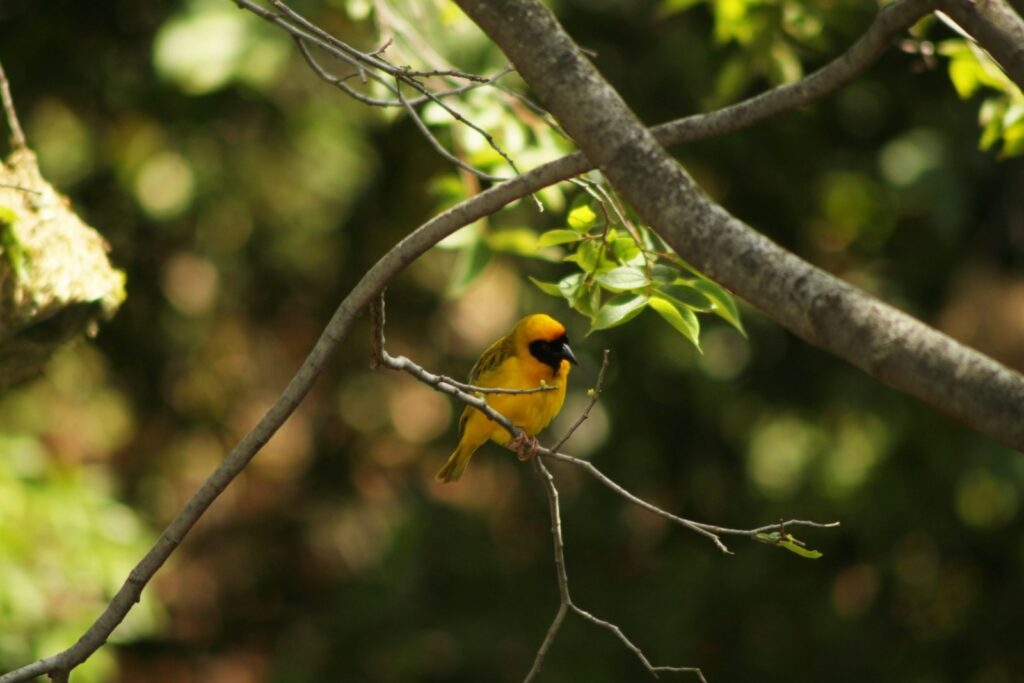
Effective plant selections vary dramatically across geographic regions, reflecting local climate conditions and native bird populations. In the Northeast, a highbush blueberry shrub, purple coneflower, and eastern red cedar create an ideal sanctuary trio. Southern gardeners might choose American beautyberry, lance-leaved coreopsis, and wax myrtle for their three-plant approach. Midwest sanctuaries thrive with serviceberry, prairie dropseed, and eastern white pine, while Western gardens benefit from toyon, California fuchsia, and western red cedar combinations. Desert regions require drought-adapted options like desert hackberry, desert marigold, and one-seed juniper to create viable habitat. Research local native plant societies or cooperative extension services for specific recommendations tailored to your precise location, as even plants native to your state may not be adapted to your specific microclimate or soil conditions.
Maximizing Small Spaces
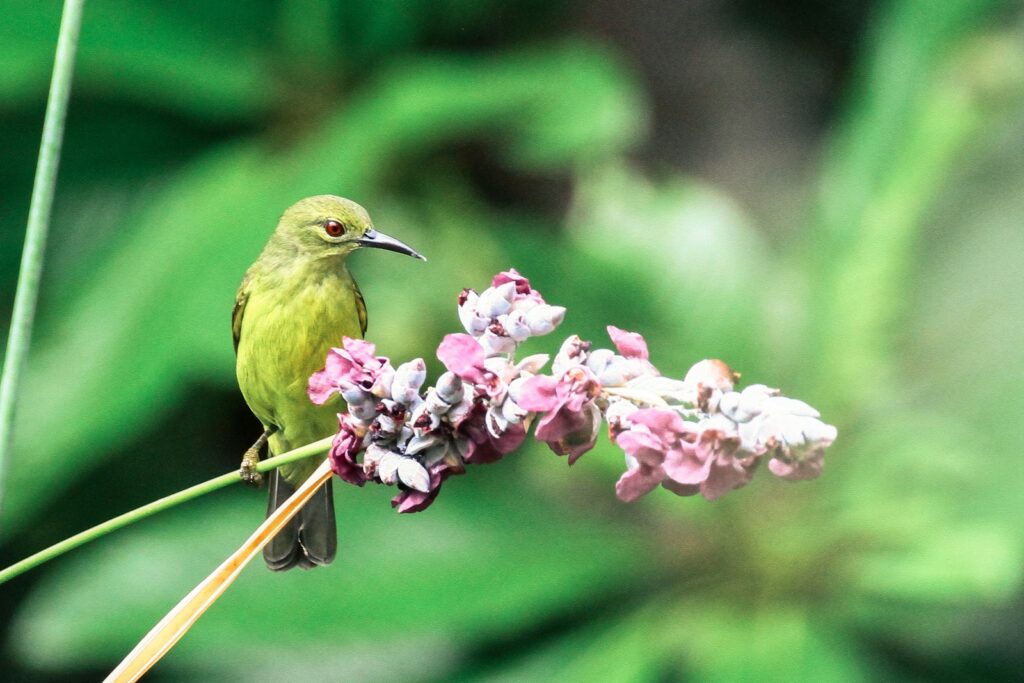
Limited space poses challenges but doesn’t diminish the potential impact of your three-plant sanctuary. Container gardening offers a viable solution for balconies, patios, or tiny yards, with dwarf varieties of berry shrubs like lowbush blueberry performing well in larger pots. Compact evergreens such as mugo pine or bird’s nest spruce provide shelter without overwhelming small spaces, while many seed-producing perennials adapt beautifully to container culture. Vertical gardening techniques maximize habitat in minimal square footage, using trellises, wall planters, or hanging baskets to expand growing area. Multi-functional varieties like dwarf serviceberry, which provides flowers, berries, fall color, and nesting sites, deliver maximum bird benefits with minimal space requirements. Even window boxes can contribute meaningful habitat when planted with native seeds and nectar sources that attract insect life that birds feed upon.
Water: The Essential Fourth Element
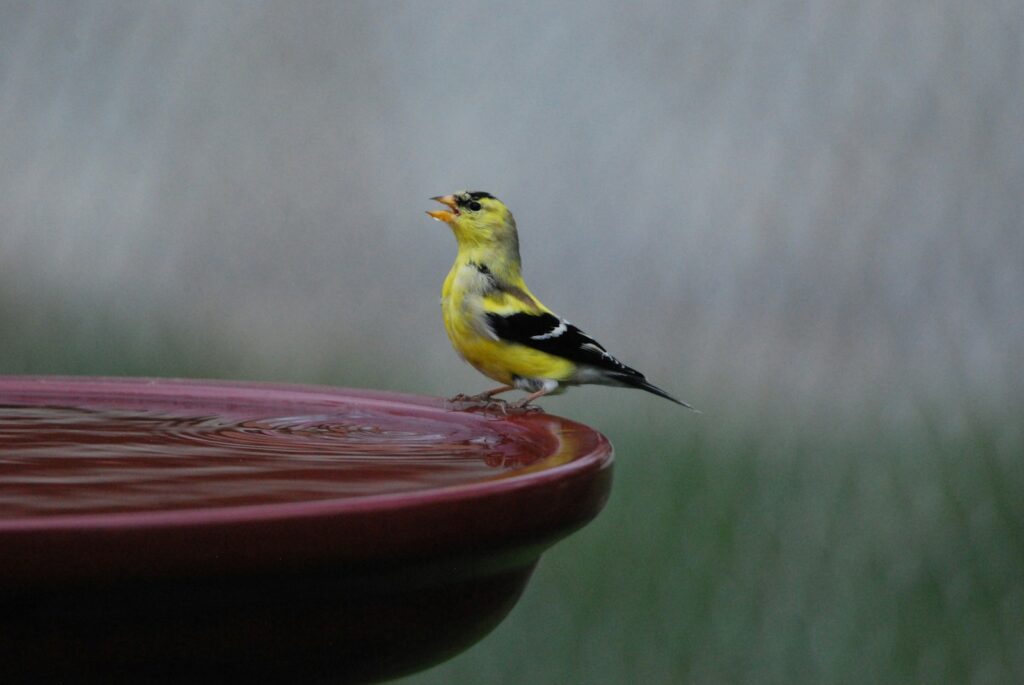
While plants form the foundation of your sanctuary, birds require water for drinking and bathing throughout the year. A simple birdbath complements your three-plant approach, dramatically increasing your sanctuary’s attractiveness to feathered visitors. Position your water source within 10-15 feet of protective cover to provide quick escape from predators while remaining visible enough for birds to locate easily. Maintain water depth between 1-2 inches with a gradual slope to accommodate different bird sizes, from tiny warblers to larger jays. During winter in colder regions, heated birdbaths or warm water changed daily ensures birds have access to this critical resource when natural sources freeze. Moving water creates additional appeal, with simple solar fountains or water wigglers attracting birds from greater distances while discouraging mosquito breeding.
Maintenance Considerations
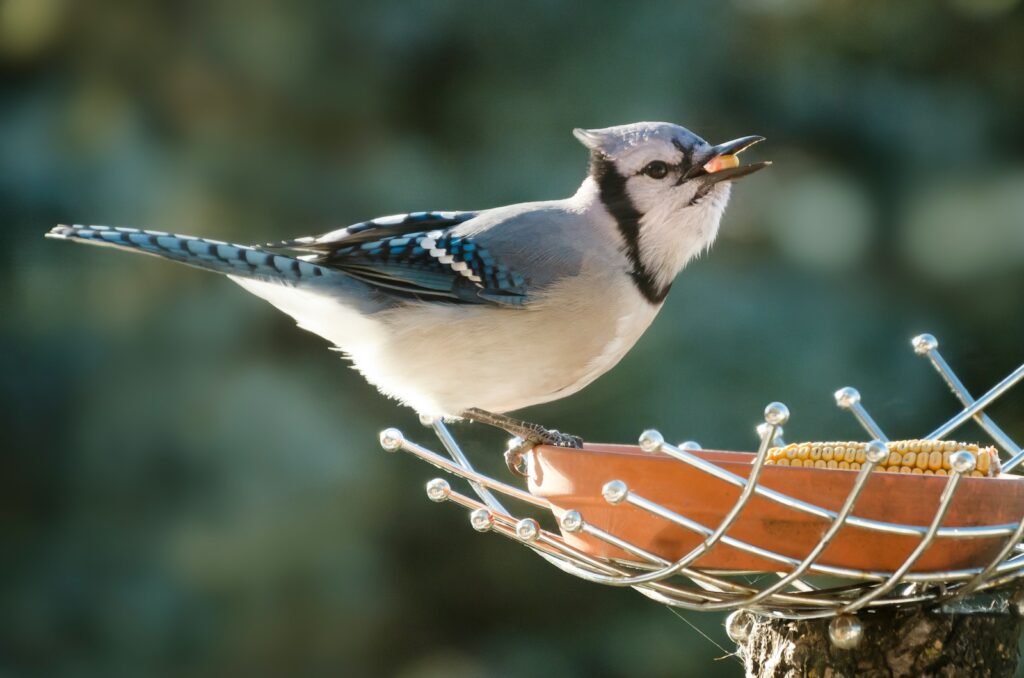
The three-plant sanctuary requires minimal maintenance once established, particularly when using native species adapted to local conditions. Allow seed heads and berries to remain on plants through winter rather than deadheading or pruning in fall, as these provide critical food sources during scarce periods. Avoid chemical pesticides entirely, as these eliminate the insect life birds depend on and may directly harm birds that consume treated plants or insects. Apply a light layer of leaf mulch annually to build soil health naturally without disrupting ground-feeding birds like towhees and thrushes. Limit pruning to removal of damaged branches or selective shaping in early spring before nesting season begins. This naturalistic approach not only benefits birds but also dramatically reduces the time and resources needed to maintain your sanctuary.
Documenting Your Sanctuary’s Success

Keeping records of the bird species visiting your sanctuary provides valuable feedback on your plant selections and inspiration to continue your conservation efforts. Maintain a simple journal noting first arrivals, breeding behaviors, feeding preferences, and seasonal patterns among your visitors. Photographic documentation creates a visual record of your sanctuary’s development and the diversity of species it supports. Consider participating in citizen science projects like the Great Backyard Bird Count, Project FeederWatch, or eBird to contribute your observations to scientific research tracking bird populations. These records help identify which of your three plants proves most valuable to birds throughout the seasons and informs future enhancement decisions. Sharing your observations with neighbors might inspire them to create complementary habitats, expanding the collective impact of your conservation efforts.
Expanding Beyond The Basics
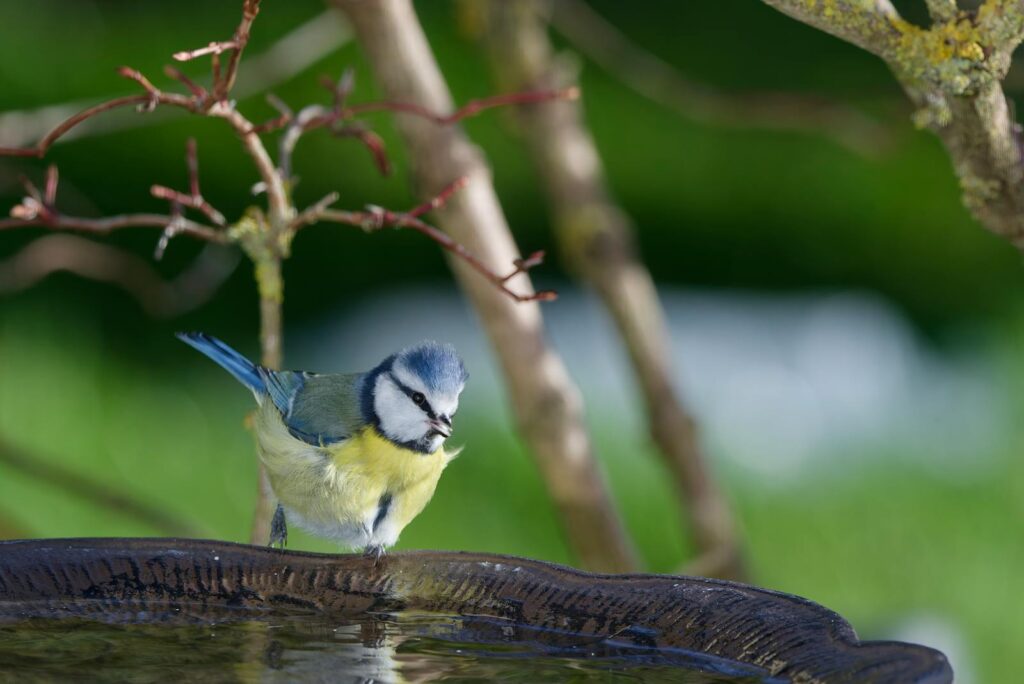
Once your three-plant sanctuary demonstrates success, consider strategic additions that address specific habitat needs in your area. Incorporating native grasses provides nesting material and additional seeds while supporting ground-nesting species like meadowlarks or sparrows. Vines like native honeysuckle, trumpet creeper, or virgin’s bower add vertical habitat and nectar sources for hummingbirds and butterflies. Adding plants with different fruiting times extends your sanctuary’s productive season, creating more consistent food availability. Specialized additions like milkweed support monarch butterflies, which in turn become prey for birds like orioles and grosbeaks. Each thoughtful addition multiplies the ecological value of your sanctuary without necessarily increasing maintenance requirements. This gradual expansion transforms your minimal sanctuary into a more complex ecosystem while maintaining the elegant simplicity of your original three-plant foundation.
Creating a bird sanctuary with just three plants demonstrates how strategic simplicity often yields remarkable results. By selecting plants that provide multiple benefits—food, shelter, and nesting sites—you’ve created a functional ecosystem in minimal space. As seasons pass, your sanctuary will mature and attract increasingly diverse bird species, each contributing to your garden’s ecological richness. The relationships formed between your carefully chosen plants and their avian visitors represent conservation in its most accessible form—proving that meaningful environmental action begins literally in our own backyards. Your three-plant sanctuary stands as living proof that even the smallest green spaces can help reverse habitat loss and support biodiversity when designed with intention and understanding of birds’ fundamental needs.
